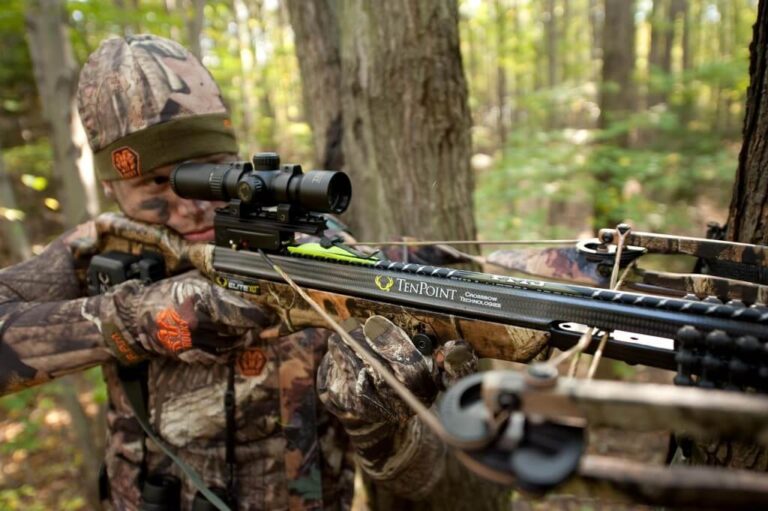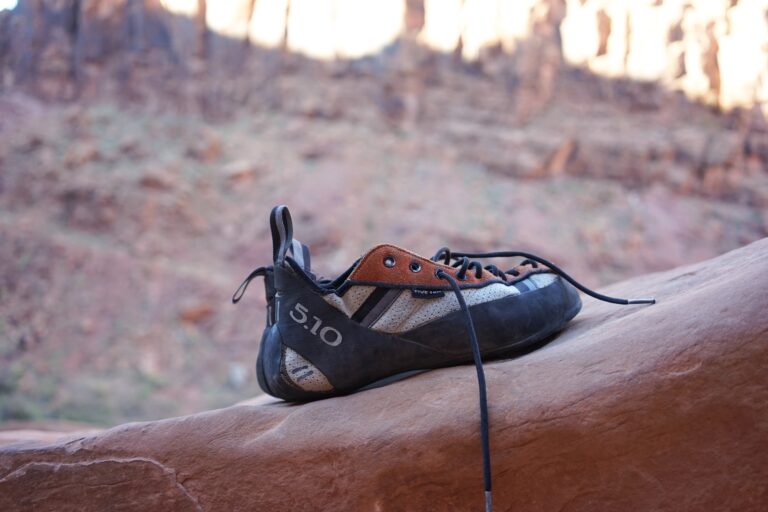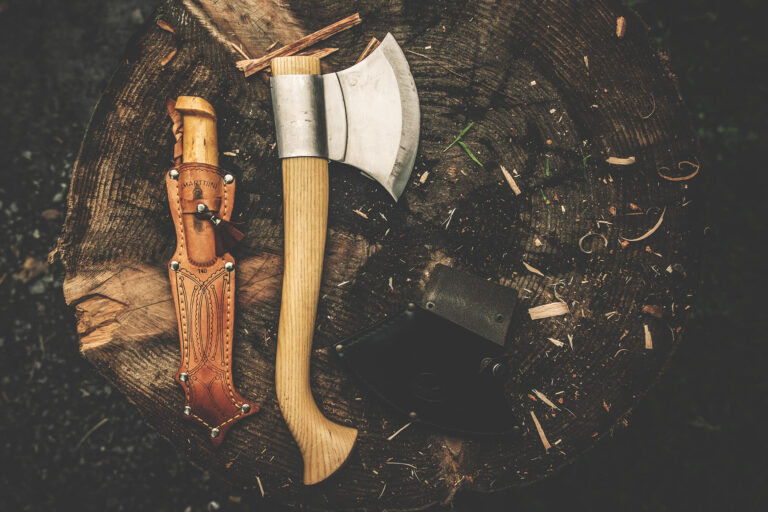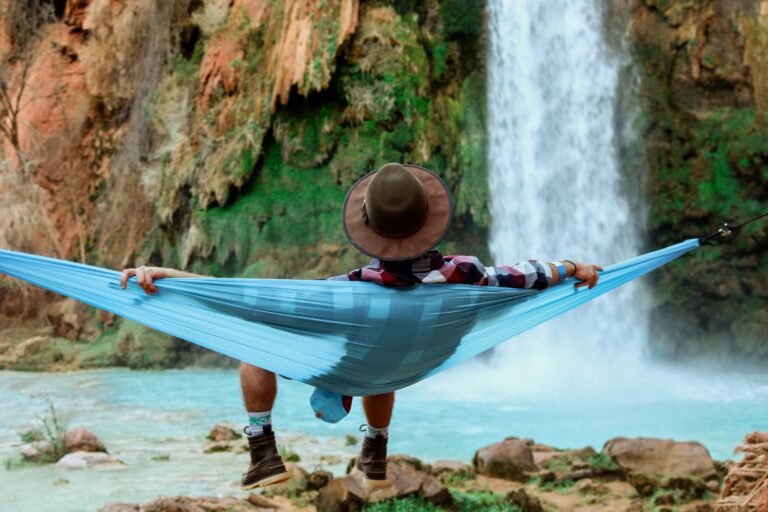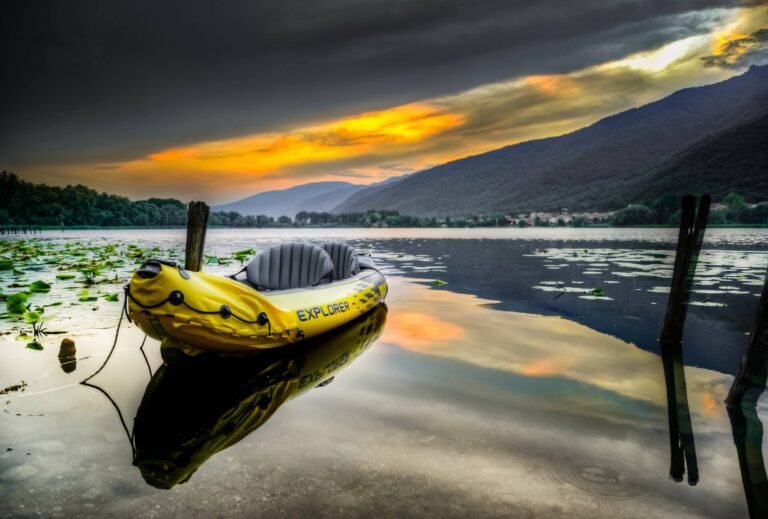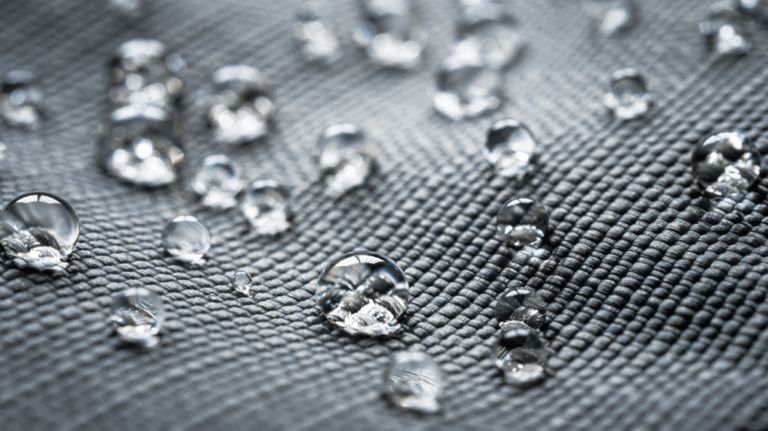How Does a Snorkel Work? 8 Top Snorkeling Questions Answered!
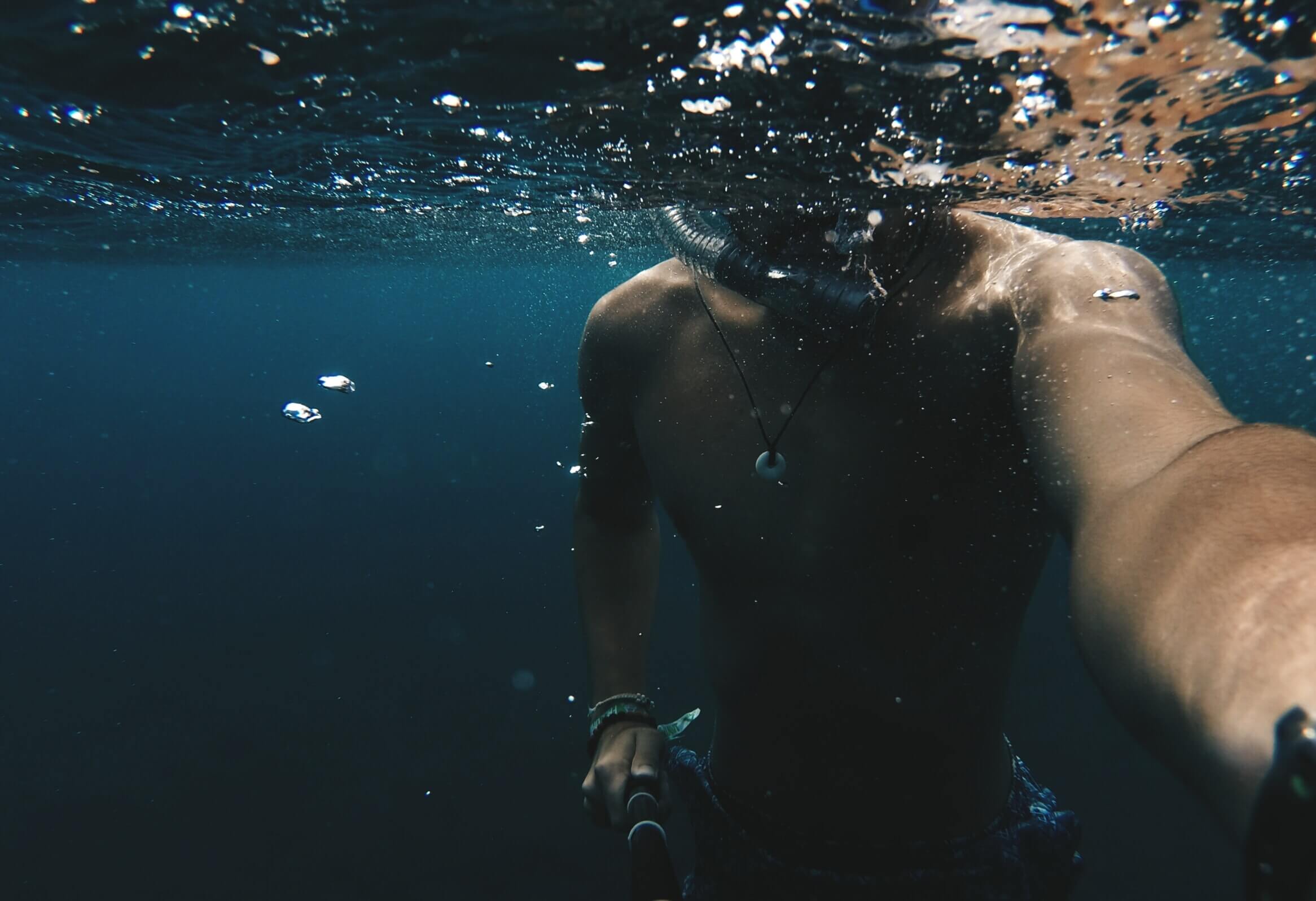
While there is so much beauty and wildlife to be discovered on land, most people never get to experience the beauty and wildlife found in water. Whether it’s a lake, river, stream, or ocean, there’s just as much to discover, and you’d be a fool not to allow yourself to see it.
Especially in the modern world we live in today, experiencing this type of adventure is made extremely easy with the technology, gadgets, and gear available. All you need are goggles, fins, a swimsuit, and a high-quality snorkel to get you up and close to all the beauty down under.
Believe it or not, many people believe the idea of snorkeling came from observing elephants. The Greek philosopher Aristotle observed how elephants used their trunks to help them breathe underwater. Over the years, humans used this as inspiration for modern-day snorkeling.
The first known snorkelers were actually sponge farmers in the Grecian island of Crete nearly 5,000 years ago. They used a hollow tube to breathe with their faces underwater while they searched for sponges. It wasn’t until 1938 that the first snorkel was patented in Europe.
Today, the evolution of snorkels continues to grow. There is a wide range of different types of snorkels that are used in different ways. Some people use them for work, while others use them for luxury and adventure. Either way, they’re some of the most useful water gadgets today.
How Does a Snorkel Work?
When snorkels were first made popular worldwide nearly 80 years ago, they were nothing more than a J-shaped plastic tube with a mouthpiece on one end and a hole on the other end. You would breathe through the mouthpiece with the open opposite end sticking out of the water.
Since the end with the hole out of the water was exposed to air — instead of water — the snorkeler was able to breathe normally while their face was underwater. This allowed you to see what was going on down under without needing to hold your breath, which was ground-breaking.
Although you could breathe normally when the top of the snorkel was out of the water, it doesn’t allow you to fully submerge the snorkel underwater. When this happens, water will get into the top of the snorkel, and you would breathe in the water, opposed to air — most likely choking on it.
Over time, there have been several improvements to the classic J-shaped snorkel to prevent choking and breathing in water. We’ll talk more about those improvements below.
How Does a Snorkel Work Underwater?
With a classic snorkel, fully submerging the snorkel underwater would result in water filling up the tube. Since you would need to take the mouthpiece out in order to dive under the water, snorkelers would need to hold their breath when diving under until they returned above water.
Once they return to the surface, the snorkeler would need to blow the water out of the snorkel before using it. In modern-day snorkels, the use of a purge valve and float valve eliminates the need for blowing water out of the snorkel when returning to the surface, making it easier to use.
A purge valve is found at the bottom of the snorkel. In the event water trickles down through the tube, it puddles up inside the one-way purge valve. When you breathe out through the mouthpiece, it releases this water. When you breathe in, the valve closes, and no water enters.
An Afloat valve is found at the top of the snorkel. When the snorkel is fully-submerged in water or when water splashes through the top, the valve closes the hole at the top of the snorkel, so no water enters through the top. This was a revolutionary fix to a major issue with classic snorkels.
Keep in mind that whether your snorkel has a purge valve or float valve, you still won’t be able to breathe through the snorkel underwater. The main reason for these valves is to eliminate the need for blowing water out of the snorkel after diving underwater.
Different Types of Snorkels
Now that we understand a little more about how a snorkel works, we can start going over the different types of snorkels you’ll find at your local dive shop or online. Overall, there are four main types you should know — a classic snorkel, semi-dry snorkel, dry snorkel, and full-face snorkel.
Don’t worry, we’ll explain the differences between each one and the features they contain. It’s interesting to see how much they’ve evolved, how much safer they are now, and how much easier they are to use with these new features.
What Is a Classic Snorkel?
A classic snorkel, also known as a wet snorkel, is exactly what we described previously. It’s one of the earliest designs for a snorkel and won’t consist of a lot of features. Most classic snorkels are nothing more than a mouthpiece with a J-shaped tube attached to it.
Some classic snorkels will come with a flexible tube near the mouthpiece that makes them more comfortable to use. Without this flexible portion, the snorkel would remain near your mouth when submerging underwater. With it, the snorkel dangles away from the mouth for added comfort.
What Is a Semi-Dry Snorkel?
A semi-dry snorkel is very similar in design to a classic snorkel. The main difference here is the addition of a purge valve near the bottom of the snorkel and a splash guard located at the top of the snorkel. Each of these features makes it easier and safer to use when water enters the tube.
The splash guard at the top of the snorkel helps limit the amount of water that enters the breathing hole at the top. It won’t stop water from entering if you submerge yourself underwater, but it limits the amount of water that enters when a wave splashes water through the top.
If water does enter due to a splash or small wave, it will fill up the purge valve. In order to release this water back into the river, lake, or ocean, all you need to do is breathe out like normal. Most semi-dry snorkels also come with the flexible part for ease of use.
What Is a Dry Snorkel?
A dry snorkel takes the semi-dry snorkel to the next level. Instead of having a splash guard at the top of the snorkel, a dry snorkel has a float valve located at the top. It not only prevents water from entering due to a splash but also when fully-submerging yourself underwater.
In the event you dive under, you’ll still need to hold your breath — it blocks both water and air from entering. The difference here is you won’t need to blow or expel water out after you return to the surface. A dry snorkel also has a flexible portion and a purge valve for more convenience.
What Is a Full-Face Snorkel?
Finally, we have one of the newer inventions in regards to snorkeling — a full-face snorkel. Instead of wearing goggles along with your dry snorkel device, the full-face snorkel combines both of them into one device. It fits over your entire face, just like a mask would.
Many people prefer this type of snorkel because it doesn’t require you to have a mouthpiece in your mouth. Instead, you can breathe normally through both your nose and mouth since your entire face is covered. The tube, which normally sits on the side, comes up through the top.
The main downfall with a full-face snorkel is it creates an astounding amount of pressure on your face, especially as you dive under. Since you can’t break the seal on your face underwater, there’s no way to relieve this pressure. That’s why it shouldn’t be used when deep diving underwater.
How Does Snorkeling Work?
Snorkeling requires a bit of practice before you’re comfortable with it, but it’s actually quite easy once you get the hang of it. Unlike scuba diving, which requires an oxygen tank and additional equipment, snorkeling is mostly done at the surface of the water — opposed to diving under.
Before you go snorkeling, you should make sure you’re equipped with a high-quality snorkel, a pair of snorkeling fins, a pair of high-quality goggles, and a comfortable swimsuit. If you want to go the extra mile, a wetsuit helps you control your body temperature while underwater.
In order to breathe while your face (nose and mouth) is underwater, the top of the snorkel needs to be above water. This is where you get your oxygen from, much like when an elephant lifts their trunk above water to breathe while fully submerged. This helps you breathe normally.
The reason you want a dry snorkel is that it makes it easier to dive underwater without expelling water out through the tube when you return to the surface. Before you dive under, take a deep breath so you can hold it for as long as possible. When you start to run out of breath, it’s time to return to the surface so you can use your snorkel again.
How to Snorkel With Glasses?
One of the main reasons we go snorkeling is to see, witness, and experience all the beauty and wildlife found underwater. These are things most people never get to see in their life because they spend so much of their time on land. It’s a new experience and an exciting adventure.
Unfortunately, not everyone has a good vision. Some people need to wear glasses, and those people are often wondering how to snorkel with glasses on. Although it’s a little more difficult, snorkeling with glasses is 100% possible when the right precautions are taken beforehand.
Here are the four main ways you can snorkel while wearing prescription glasses:
- Prescription Snorkel Mask – these snorkel masks are custom-fit with a prescription lens that allows you to easily and comfortably see while snorkeling.
- Prescription Snorkel Goggles – if you’re not interested in a full-face mask when snorkeling, you can always invest in a pair of prescription goggles to go with your dry snorkel.
- DIY Prescription Mask – this isn’t for everyone, but it’s a cheap way to do it. Buy a snorkel mask, remove the ear stems from a pair of prescription glasses, and superglue the glasses to the inside of your mask.
- Wearing Contact Lenses – if you don’t wear contact lenses on a regular basis, this might be one of those times when it’s worth it. Contact lenses are safe to use when snorkeling.
If you’re wondering how to snorkel with glasses, the easiest way is to invest in a prescription snorkel mask. With that said, there are other ways you can effectively go snorkeling with glasses. At the end of the day, it all depends on your preference and style.
Related Questions
By now, you have a pretty firm idea of what a snorkel is, all the different types of snorkels available, how a snorkel works, and all the ways you can snorkel safely — even snorkeling with glasses. In the section below, we’re going to go over some more related questions to snorkeling.
Let’s get started:
- What’s the difference between a snorkel and a regulator? A snorkel is used when looking underwater when on the surface of the water. A regulator is what delivers air to your mouth from the oxygen tank while scuba diving.
- Can you breathe underwater with a snorkel? You can’t breathe through your snorkel while fully submerged underwater, but there are snorkels that prevent water from entering the snorkel when underwater. You still can’t breathe, but you don’t need to expel.
- Why do I get dizzy and lightheaded while snorkeling? This is due to the rising amount of pressure when you dive underwater. It’s more common when wearing a full-face snorkel mask.
- What’s the difference between snorkeling and scuba diving? With snorkeling, you can’t breathe when fully submerged underwater. When scuba diving, you have an oxygen tank and regulator that allows you to breathe underwater.
- What do I do when my snorkel fills up with water? If you have a classic snorkel without a purge valve, you need to blow the water out through the top of the snorkel before using it. With a purge valve on the bottom of the snorkel, you just need to breathe out through the mouthpiece normally.
We can’t wait to assist you and bring you closer to achieving your dream of experiencing the many wonders that exist underwater.

